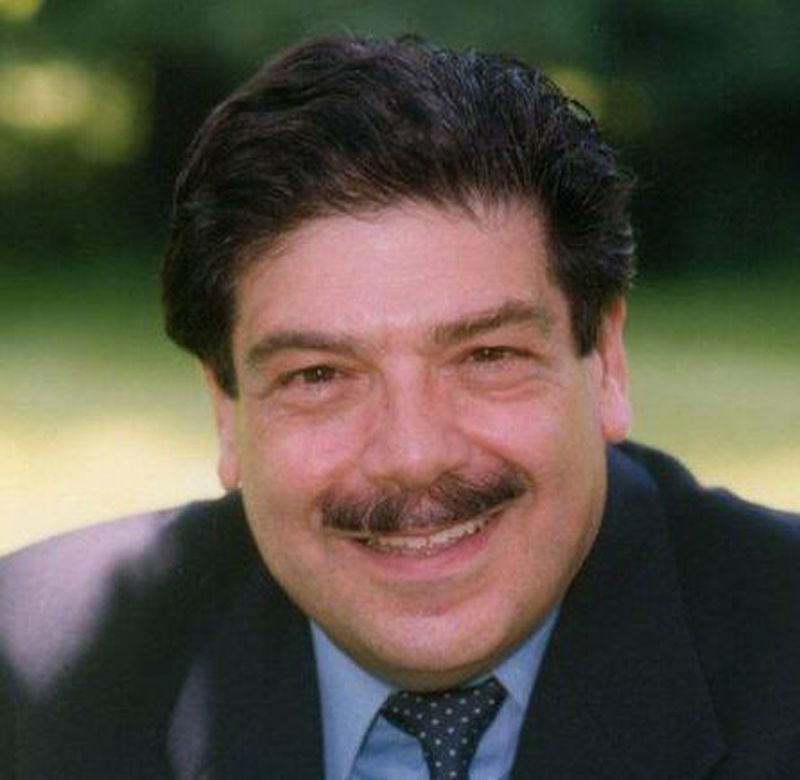How HR1/S1 Entrenches the Duopoly
Share
By the Numbers, Follow the Money
By Mike Feinstein, Green Party of California
HR1/S1 – the ‘For the People Act’ – would have a devastating effect on the ability of the Green Party (and other minor parties) to appear on the ballot – minimizing voter choice and further entrenching the two-party duopoly in the United States.
How would this occur? To quote the informant ‘Deep Throat’ in the Watergate docudrama “All the Presidents Men” – follow the money.
500% and 625%
That’s the level compared to today, that HR1/S1 would raise the total dollar threshold and the minimum number of donors to qualify for presidential matching funds.
The current public financing system for presidential elections was established in 1974 via the Federal Election Campaign Act (FECA), in response to the financial corruption of the 1972 Richard Nixon presidential re-election campaign.
FECA provides for a 1:1 public matching fund for qualified small donations in the primaries. A candidate that opts into this system can then receive a public grant for the general. In exchange, they agree not to accept any private donations, nor spend more than the grant. In this way, the general election campaign of presidential candidates would be publicly funded — and only public-funded.
HR1/S1 would abandon that commitment, and replace it with a system that allows general election candidates to accept unlimited private donations together with public funds.
The current donation threshold to qualify for primary election presidential matching funds is to raise at least $5,000 in each of at least 20 states, in donations no larger than $250 each. HR1/S1 would increase that to at least $25,000 in each of at least 20 states – 500% of the current threshold – beyond the reach of most minor party candidates.
HR1/S1 would also increase the minimum number of contributions to a new threshold the 625% of the current number, by lowering the size of donations that can count toward reaching the threshold from $250 to $200.
($5,000 can be reached by a minimum of 20 donations of $250 each. $25,000 can be reached by a minimum of 125 donations of $200 each. 125 is 625% of 20.)
15 and seven
That’s the number of minor party candidates from how many different minor parties have previously qualified for presidential matching funds under FECA.
Supporters of HR1/S1 argue that if minor party candidates can’t meet the new threshold, they aren’t ‘viable’ and therefore shouldn’t receive any public support. This betrays the historical understanding and role of public matching funds, which for decades have given the public the ability to support candidates from both major and minor parties with matching funds, meaning the public had the opportunity to support a range of views and parties with its money.
Since FECA was first implemented for the 1976 presidential elections, nominees of seven minor parties other than the Democrats and Republicans have qualified for presidential matching funds under FECA on fifteen different occasions: the Citizens Party (1984), New Alliance Party (1988, 1992), Natural Law Party (1992, 1996, 2000), Reform Party (1996, 2000, 2012), Green Party (2000, 2012, 2016, 2020), Americans Elect Party (2012) and Libertarian Party (2012). There have also been three independent presidential candidates who have qualified for public funds – John Anderson (1980) and Ralph Nader (2004, 2008.)
HR1/S1 would take that away and replace it with a system tailored to funnel public money only to top-tier major party candidates.



5%
That’s the current percent of the national popular vote that a minor party presidential nominee needs to receive, for the nominee of their party to be eligible for a general election public funding grant in the next election – a grant program which HR1/S1 would eliminate.
Currently, any party whose nominees receive between 5% and 25% would get a pro-rated portion of the public funding in the next election. Greens and Libertarians have long argued that a vote for their candidates helps them to get to 5%. Democrats don’t want voters to have this incentive to vote ‘third party’, so HR1/S1 would eliminate it.
By contrast, the GPUS platform calls for lowering the threshold, not eliminating it:
“Amend the Federal Election Campaign Act to change the percentage of the presidential popular vote required for a new party’s candidate to receive first time General Election public funding from 5% in the previous General Election to 1%”
109,500 and four-fold
That’s the dollar amount that individual big donors can already funnel through the political parties to presidential campaigns under federal law, and the expansion under of HR1/S1 of the total amount of these big donor funds that political parties can funnel to presidential candidates compared to the present
The current individual contribution limit to a federal candidate’s campaign committee – meant to limit the relative influence of big donors – is $5,800 ($2,900 for the primary and $2,900 for the general). HR1/S1 makes a mockery out of this limit, by expanding an existing big money loophole in federal regulations, via raising to approximately four-fold the coordinated party expenditure limit from $26,464,700 in 2020 to $100 million, the amount national party committees can contribute to presidential candidates.
Donors can already give far more to these party committees than they can under the individual contribution limit — up to $36,500 per year to the national committee and the House and Senate campaign committees of each political party — for a total of $109,500 annually. In this manner, wealthy donors can already effectively circumvent the individual contribution limit by donating to the party committees and have them funnel the money forward to the candidate, de facto raising the amount big donors can contribute to a candidate (directly and via the parties) from just less than $6,000 to more than $115,000 in a year ($5900 plus $109,500.)
Now, this new $300 million donation threshold per party ($100 million each, from each of each national party’s three committees) further increases the power of national party committees (and their powerful members) vs. the rest of the voters.
And where is the incentive in HR1/S1 for these committees to seek their funding? Via large donations from the rich and the super-rich. Lest ‘the people’ in the “For the People Act” have too much power, HR1/S1 ensures the rich have their own lane.
You Might also Like

3 Comments
-
Pingback: Third Parties May Disappear From Ballot Under Freedom to Vote Act Provision – Critical News Autoblog
-
Pingback: Third Parties May Disappear From Ballot Under Freedom to Vote Act Provision – Not Mainstream News
-
Pingback: Third Parties May Disappear From Ballot Under Freedom to Vote Act Provision – E.P.G.N. Network







